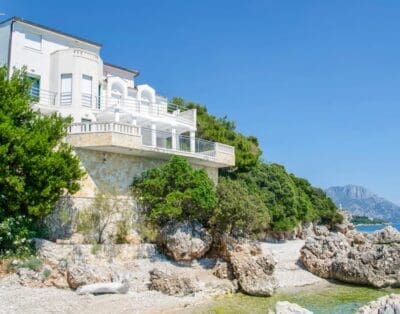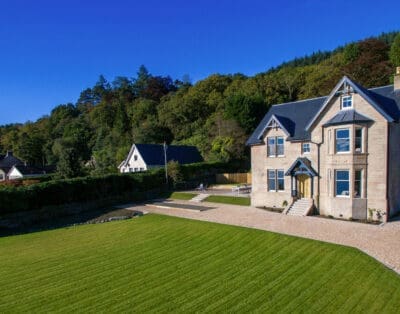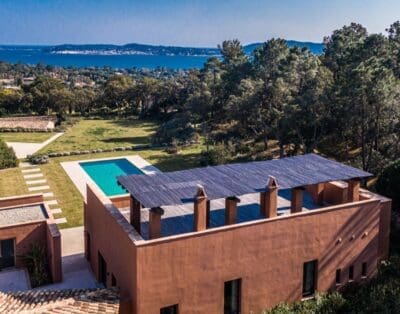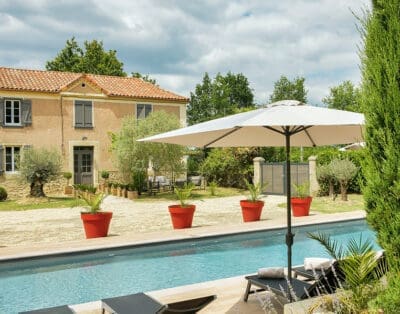Golconda Diamonds: Gems of the First Water
jewellery buyers have become increasingly discerning in the last few years and with that knowledge comes a desire for stones of the highest quality. We have seen this in the price surge for important coloured gemstones, with several stones smashing world records at auction last year; we are seeing this now with diamonds mined from the Golconda. In real terms, white diamonds have not proved to be a completely failsafe investment. According to Martin Rapapport, developer of the industry approved Rapapport Index, prices for diamonds of 1 carat have fallen 7% over the last year.
It is a different story with Golconda diamonds. The Golconda was a fort in India fabled for holding diamonds from the nearby Kollur mine, in the Guntur district. Not only was it one of the most productive mines in history, it was known to produce extremely high quality stones. These were known in the 17th and 18th century as ‘Diamonds of the First Water’. It is a term very rarely used nowadays and describes an elusive quality in a diamond, more commonly known as ‘brilliance’ or ‘life’. We now have the skills to bring out the best in diamonds, but in those days of basic lapidary, a stone had to be judged on the purity of the crystal alone, or ‘water’.
The Kollur mine started operating in about 1570 and was written about by the famous French explorer Tavernier when he visited India in the 17th century. After producing some of the most famous stones in history, including the Koh-i-Noor, the Regent and the Dresden Green, the mine was depleted by the mid 19th century and closed. And as with most finite resources, these stones command a substantial premium.
Why? Because Golconda diamonds are notable by the absence of nitrogen, which renders them remarkably pure and the classification is known as Type IIa. This allows them to transmit UV and visible light, which Type I diamonds block. Type IIa diamonds are now mined in South Africa and and Lesotho, and some diamond experts such as Laurence Graff use the term Golconda and Type IIa interchangeably.
Like so many things in the world, things that weren’t so rare 20 years ago are today as connoisseurs expand their expertise and fuel demand.







